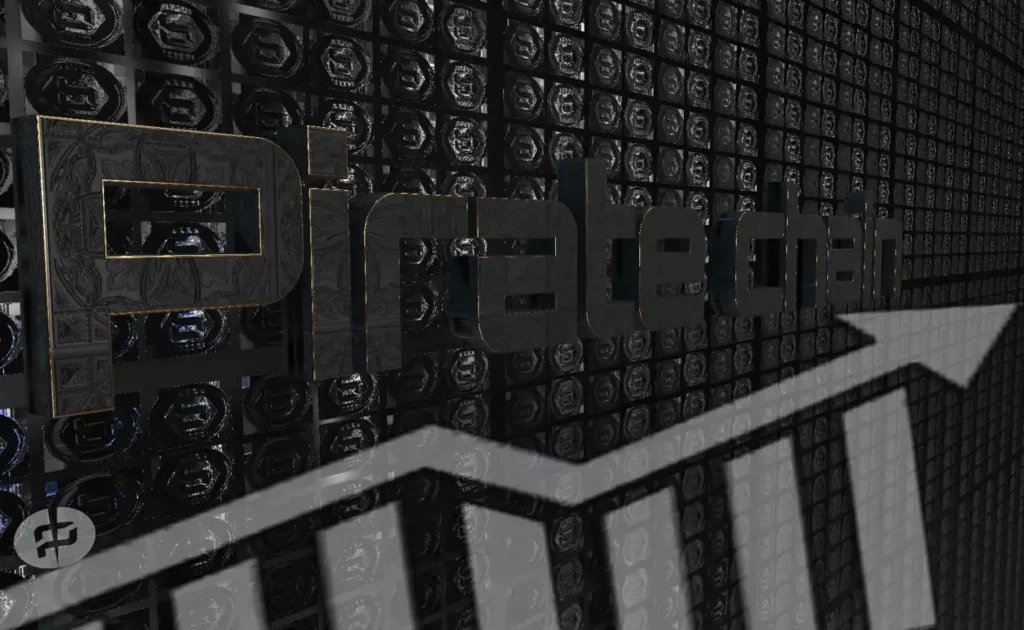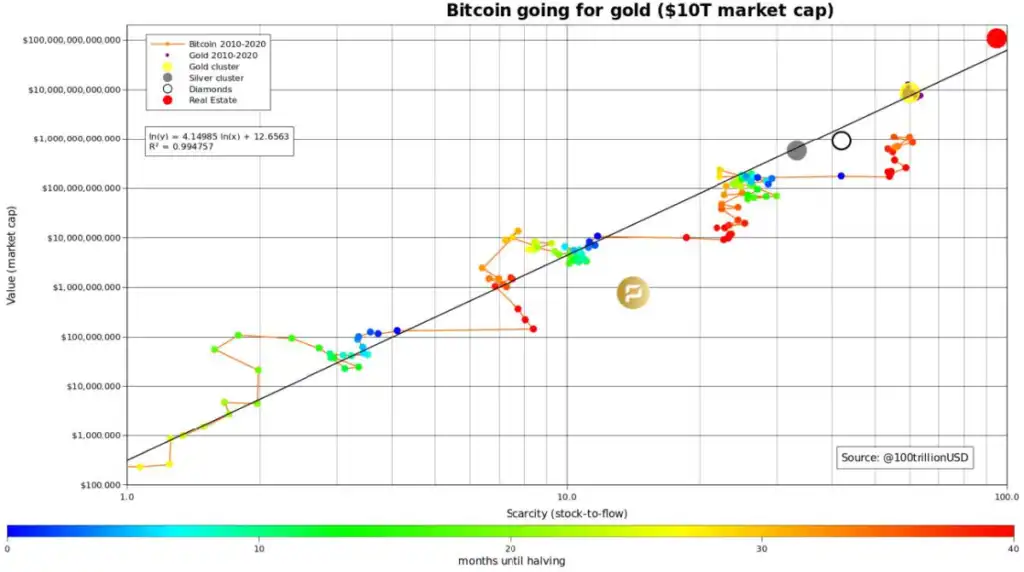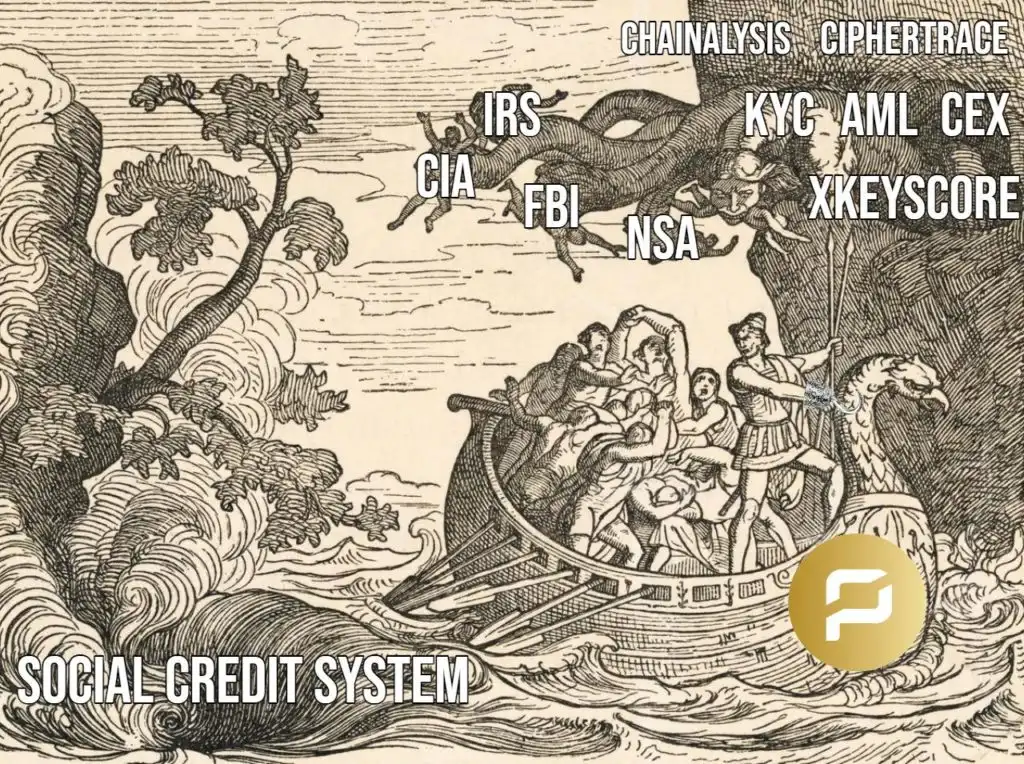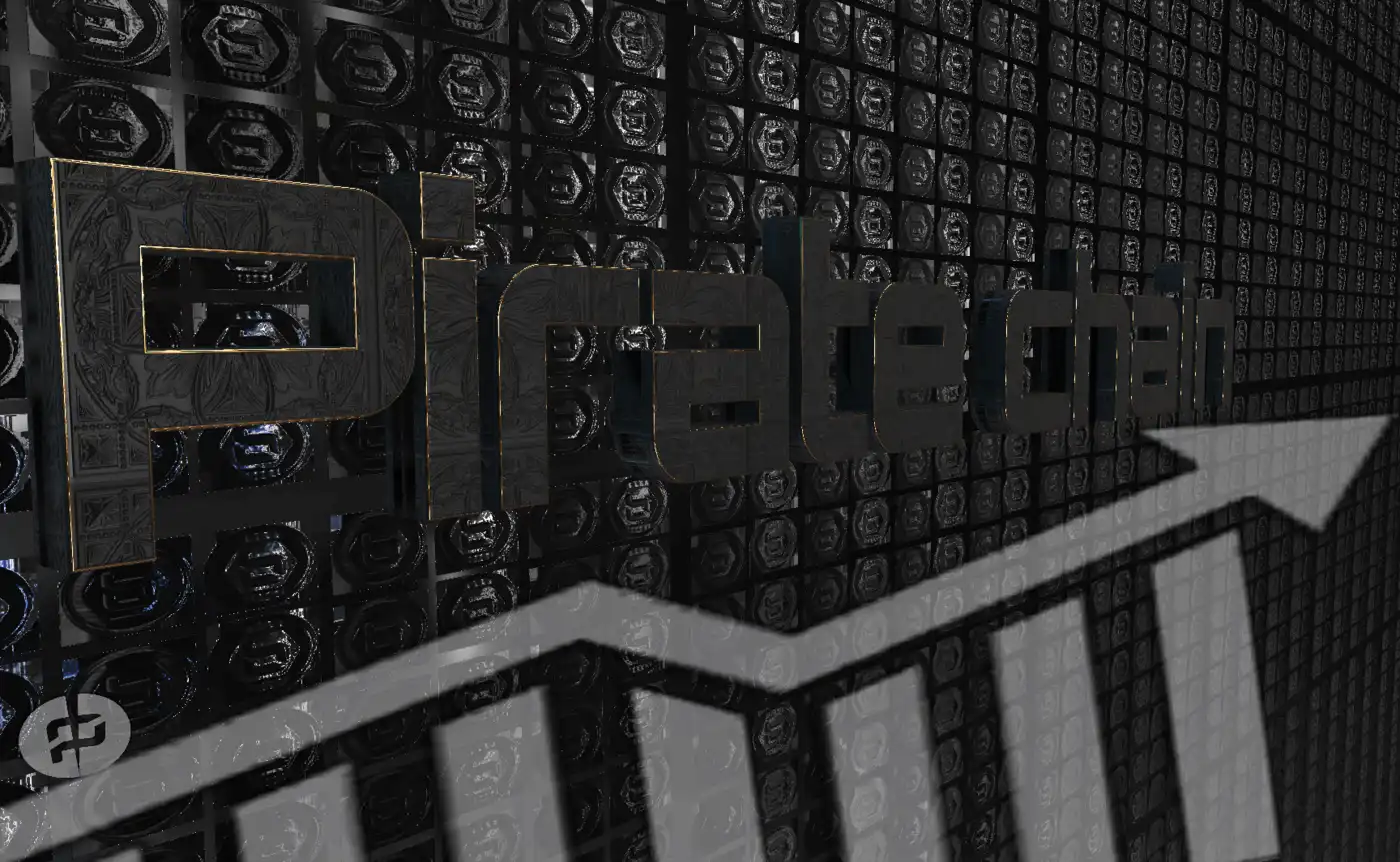
Everything in this world that is scarce, by definition, can have a price put on it. The air we breathe has no price because it is superabundant — but given the right conditions, it can be transformed into the most valuable commodity (many who have walked the plank found this out the hard way). And so it is with bits, bits that become “information objects which are provably costly to create” once you attach proof of work (PoW) to them (Finney, 2007).
Everything that is scarce is subject to the laws of supply and demand. If supply is increasing faster than demand, you get falling prices (e.g., fiat shitcoins). The reverse is also true, prices can increase even if demand is falling, provided supply decreases even faster. The most interesting scenario is when there is a negative supply shock:
(1) supply falls &
(2) demand increases even more because of the supply shortage
Suppose Karen hears about a toilet paper shortage (negative supply shock). Karen wasn’t planning on getting toilet paper until next week, but she now decides to get enough for 1 month (increased demand) because of the supply shock. Scarcity creates demand.
“I am proud to witness this moment in time because in 3 years from now people will wish they were mining ARRR Pirate Chain when the block reward was at this size.” — LooTz, 2/25/2020
With Pirate Chain, the negative supply shocks are built-in at the protocol level via halvenings — occurring every 388,885 blocks (or approximately every 270 days) after the initial block reward
of 256 ARRR (or 25.6 billion arrrtoshi).

(Pirate Chain GitHub)
This makes quantifying the scarcity, and therefore the value, of Pirate Chain extremely precise going forward. The best way to quantify scarcity is via the stock-to-flow (S2F) model (wookie, 2020).
- stock: available stock of ARRR (already produced)
- flow: annual production rate of ARRR
If you want to engineer a scarce asset, you want the flow to fall quickly over time (and therefore create a rising S2F ratio over time). The assets with the highest S2F ratios naturally have the highest valuations. After today’s halvening (coming up on block 1,555,540 at approximately 21:29 UTC) the S2F ratio of Pirate Chain will jump from 15 to 31, pulling Pirate Chain towards $100 billion (or $530/ARRR).

(100trillionUSD, 2021)
Pirate Chain Stock-To-Flow Ratio
The following table shows how the stock-to-flow ratio of Pirate Chain will evolve until the end of 2030.

Stock-to-flow ratio table
Of course, the S2F model doesn’t apply to every cybercoin. There are plenty of shitcoins — thousands in fact — that have a great S2F ratio and yet are basically worthless. In order to have demand in the first place, you need to bring something to the table, and Pirate Chain brings at least two very important things: (1) security & (2) fungibility.
Security
Security will always be the most important aspect of any cybercoin — and Pirate Chain is arguably the most secure. Since inception, it has been the most profitable Equihash cybercoin to mine, meaning healthy and rising hashrate growth. Moreover, Pirate Chain also uses delayed proof of work (dPoW), effectively creating layers of protection like a babushka doll. Even if you theoretically acquire enough hashrate to 51% attack both Pirate Chain and komodo (Equihash), you must also acquire enough hashrate to 51% attack litecoin (scrypt). This sort of attack would be completely irrational as the costs would greatly outweigh the market capitalization of Pirate Chain at any given time.
Fungibility
Fungibility not only increases the quality of money — fungibility is a prerequisite for money. Without fungibility, you don’t have money; you have a transparent surveillance shitcoin NFT. Pirate Chain is the first fully fungible cybercoin because it uses (and enforces) zk-SNARKS — making all transactions encrypted (“z2z”). In the words of the Austrian economists, the Pirate Chain supply is perfectly homogeneous.
Once people realize that most blockchains are fully transparent (e.g., bitcoin), mostly transparent (e.g., Zcash), or use obfuscation instead of encryption (e.g., monero), the value of a fully fungible cybercoin — the value of Pirate Chain — will become clear.
- Written by zardigrade
--------------------------------------------------------------------------------------------------------------------
References:
-
- 100trillionUSD. (2021). twitter. Retrieved from https://twitter.com/100trillionUSD/status/1425753176876138497/photo/1
-
- Finney, H. (2007). Reusable Proofs of Work. Retrieved from http://web.archive.org/web/20071222072154/http:/rpow.net/
-
- Pirate Chain GitHub. (n.d.). GitHub. Retrieved from https://github.com/PirateNetwork/pirate/blob/master/src/komodo_utils.h
-
- wookie. (2020). The Pirate Chain Halvening. Retrieved from https://piratechain.com/the-pirate-chain-halvening/





